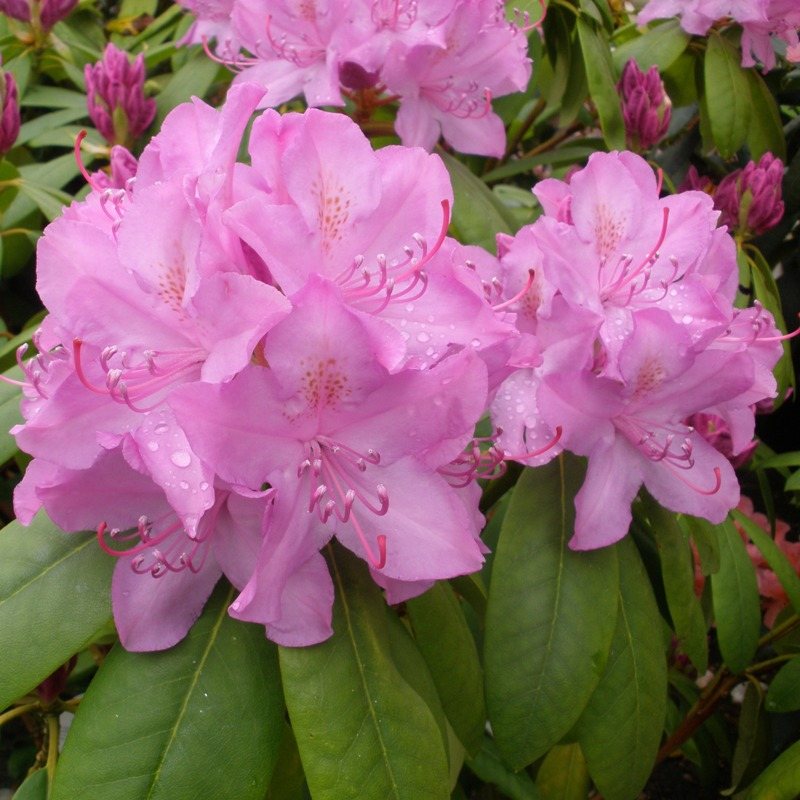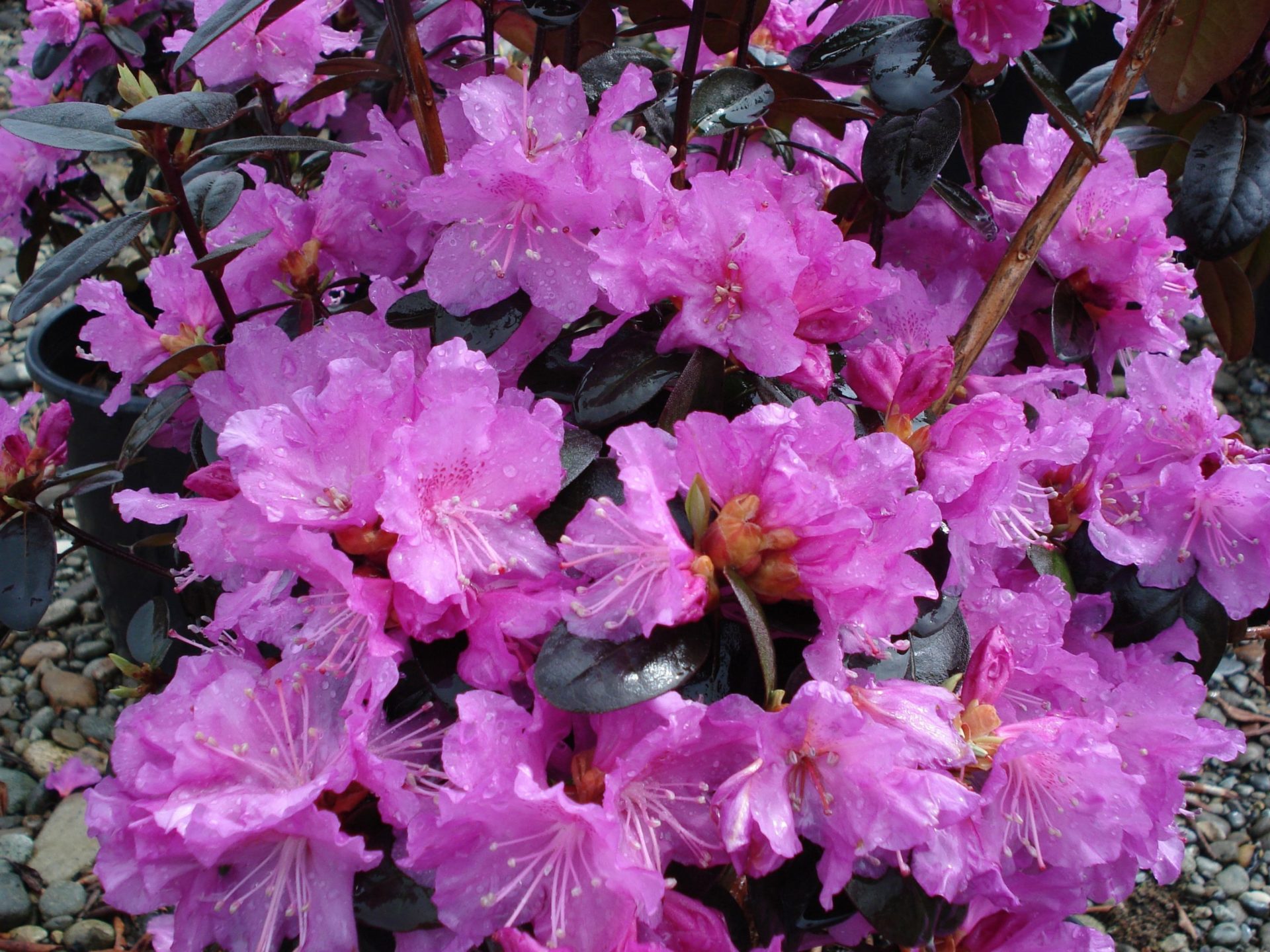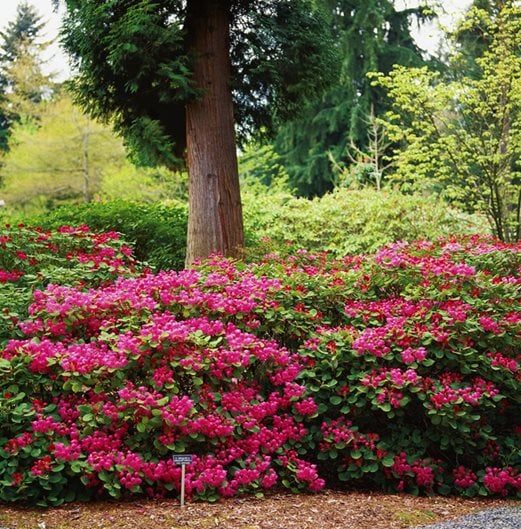The Pink Rhododendron: A Guide To Growing And Caring For This Beautiful Flower
The Pink Rhododendron: A Guide to Growing and Caring for This Beautiful Flower
Rhododendrons are some of the most beautiful flowers in the world, and pink rhododendrons are no exception. These stunning blooms come in a variety of shades of pink, from light pastels to deep, vibrant hues. They are also incredibly fragrant, making them a delight to both the eye and the nose.
If you are thinking about adding a pink rhododendron to your garden, there are a few things you need to know about how to care for it. Here is a guide to growing and caring for pink rhododendrons:
Choosing the right location
The first step to growing a healthy pink rhododendron is to choose the right location. These plants prefer partial shade, so avoid planting them in full sun. They also need well-drained soil that is acidic (pH 4.5-6). If your soil is alkaline, you will need to amend it with peat moss or sulfur.
Planting
Once you have chosen the right location, it is time to plant your pink rhododendron. Dig a hole that is twice as wide and as deep as the root ball of the plant. Amend the soil in the hole with peat moss or sulfur, if necessary. Place the plant in the hole and backfill with soil, tamping it down gently. Water the plant well.
Watering
Pink rhododendrons need regular watering, especially during the first year after planting. Water the plant deeply and thoroughly, so that the water reaches the roots. Once the plant is established, you can water it less often, but it is still important to keep the soil moist.
Fertilizing
Pink rhododendrons do not need a lot of fertilizer. A light application of fertilizer in the spring will help the plant to bloom. Avoid using fertilizers that are high in nitrogen, as this can lead to lush foliage but few flowers.
Pruning
Pink rhododendrons do not need to be pruned often. However, you may want to remove dead, diseased, or damaged branches. You can also prune the plant to shape it or to remove any branches that are growing too close to the house or other plants.
Pests and diseases
Pink rhododendrons are susceptible to a few pests and diseases, including scale, aphids, and leaf spot. If you notice any problems, you can treat them with insecticidal soap or neem oil.
With proper care, pink rhododendrons can thrive for many years. These beautiful flowers will add a touch of elegance and charm to any garden.
Pink rhododendrons are a beautiful sight to behold, with their delicate petals and vibrant colors. If you're interested in learning more about these amazing flowers, I recommend visiting Garden Wiki. This website has a wealth of information about pink rhododendrons, including their history, cultivation, and care. You can also find beautiful photos of pink rhododendrons in bloom, as well as tips on how to plant and care for them in your own garden.
FAQ of pink rhododendron
Q: What are the different types of pink rhododendrons?
A: There are many different types of pink rhododendrons, each with its own unique characteristics. Some popular varieties include:
- Rhododendron catawbiense 'Pink Pearl': This variety is known for its large, double pink flowers.

- Rhododendron 'Roseum Elegans': This variety is known for its clusters of small, pink flowers.

- Rhododendron 'PJM': This variety is known for its hardiness and resistance to pests and diseases.

- Rhododendron 'Pink Perfection': This variety is known for its long-lasting flowers and its compact growth habit.
Q: What are the best conditions for growing pink rhododendrons?
A: Pink rhododendrons prefer acidic soil and partial shade. They are not tolerant of hot, dry conditions.
Q: How do I care for a pink rhododendron?
A: Pink rhododendrons need regular watering, especially during the growing season. They should also be fertilized in the spring with an acid-based fertilizer.
Q: What are some common problems with pink rhododendrons?
A: Some common problems with pink rhododendrons include:
- Leaf scorch: This is caused by too much sunlight or heat.
- Root rot: This is caused by wet, poorly-drained soil.
- Pests and diseases: Pink rhododendrons are susceptible to a number of pests and diseases, including aphids, scale, and powdery mildew.
Q: How do I propagate a pink rhododendron?
A: Pink rhododendrons can be propagated by seed, division, or cuttings. Seed propagation is the least reliable method, but it can be successful if the seeds are fresh and the conditions are right. Division is the most common method of propagation, and it is relatively easy to do. Cuttings can also be used to propagate pink rhododendrons, but they are more difficult to root than divisions.
Image of pink rhododendron
- Image 1: A close-up of a single pink rhododendron flower, with its delicate petals and bright green leaves.

- Image 2: A cluster of pink rhododendron flowers, blooming in a lush green garden.

- Image 3: A full-bloomed pink rhododendron bush, its branches covered in vibrant pink flowers.

- Image 4: A pink rhododendron tree, its branches reaching up to the sky and its flowers blooming in shades of pink and white.

- Image 5: A field of pink rhododendron flowers, in full bloom against a backdrop of blue sky and white clouds.

Post a Comment for "The Pink Rhododendron: A Guide To Growing And Caring For This Beautiful Flower"